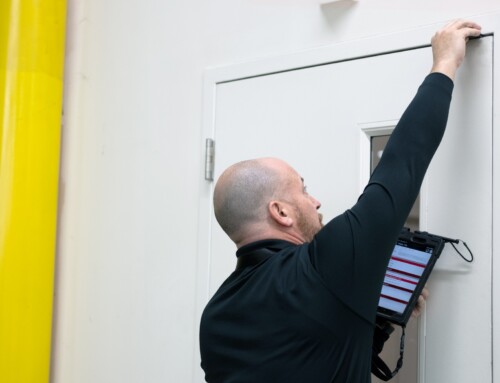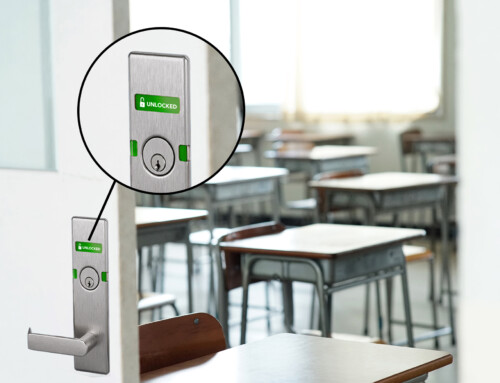What are shot detection systems and why is there demand for these systems?
Shot or shooter detection systems were first developed and used by the military to detect incoming fire and assist in determining where this incoming fire originated. These systems were then developed and adapted to be used by law enforcement across the country to enhance their ability to detect, locate and respond to gunfire in a more effective manner, and in a much shorter timeframe. In most cases, deployment of these systems in certain areas of a city rely on the acoustical detection of gunshots only due to distances, line of site obstructions, and potential other issues. However, setting up several detection sensors in an area not only detects the gunshots, but allows the system to triangulate the shot’s origin by measuring and comparing the amount of time or delay of the detection across several detection units in the area.
These systems were further developed to be used for indoor applications, to include schools, colleges, or any commercial or industrial environment where concerns may potentially exist to address active shooter events. The shot detection systems for indoor environments are typically developed to cover shorter distances, and depend on additional technologies to deal with walls, hallways, gyms, warehouse spaces, and other room or area designs that would cause echoes or other detection issues. These additional technologies would include sensors that would detect specific acoustics and infrared flash detection, or other sensors that sense the gunshot due to the energy level and wave form of the shot. The accuracy of these different systems, to include false alerts, will vary depending upon the system installed and the number of sensors used.
Finally, why is the demand for these systems growing? Most everyone has heard about the active shooter events that have occurred in all business and educational environments and would like to see these events eliminated or the lives lost greatly reduced. There are two primary ways that these shot detection systems can assist in reducing the impact of these events.
The first is to create automatic alerts to the local authorities, reducing the average on-site response time by law enforcement from 10-15 minutes down to an average of 3 minutes.
The second way is the ability to integrate these systems with other building systems such as electronic access control, mass notification systems, video surveillance, and others. A shot detection system integration with access control would be able to place an entire building into lockdown, eliminating an active shooter’s ability to move throughout a facility and restrict their presence to a limited area. This same type of integration with a mass notification system would allow immediate announcements to be made via text messages, PA systems, or signage throughout one or more buildings.
Both of these integrations, along with many more, would permit a greater response time by all in the area to evacuate, hide out, or act against the active shooter. In conclusion, reducing the total time of these active shooter events and creating more time for everyone to respond, results in a decrease in the total potential of lives lost.




